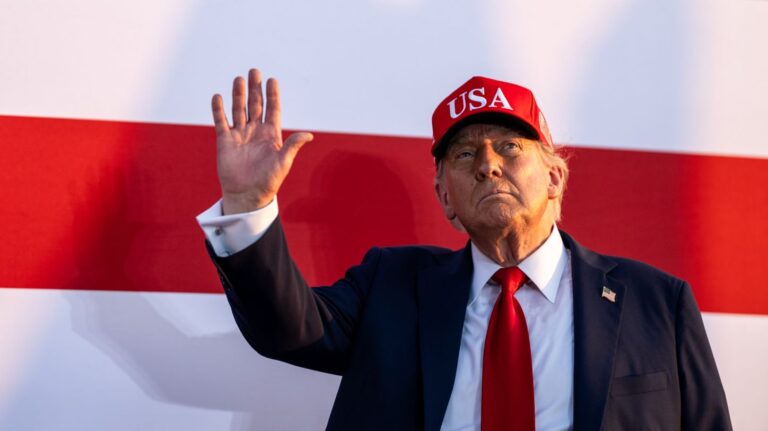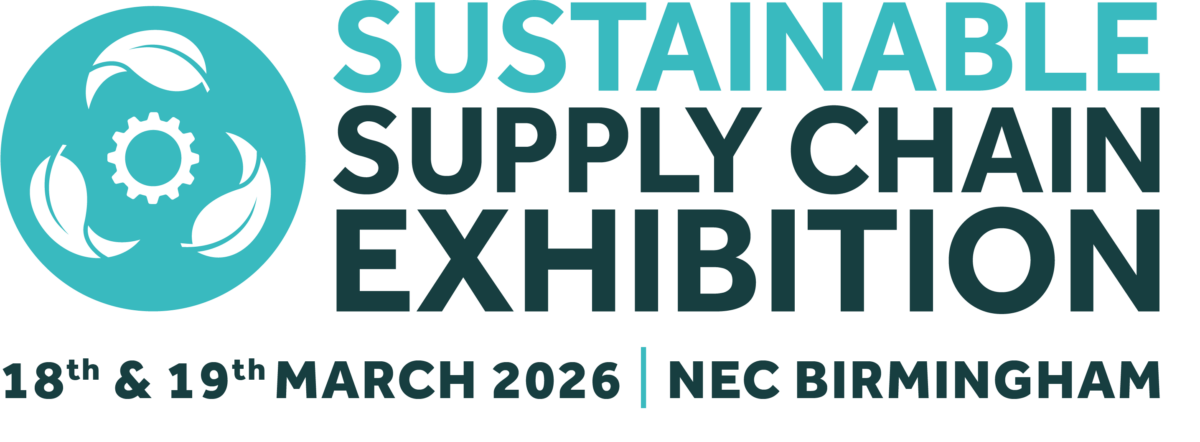US president Donald Trump confirmed on 7 July 2025 that the 90-day pause on his so-called ‘Liberation Day’ tariffs will be extended until August.
The pause on tariff implementation was set to come to an end today [9 July 2025], but Trump confirmed in a post on social media platform Truth Social that “tariffs will start being paid on 1 August 2025”.
An executive order officially published by the White House confirmed this action. Here, Trump explained that he deemed it “necessary and appropriate” to extend the suspension of tariff implementation.
He said this decision was “based on additional information and recommendations from various senior officials, including information on the status of discussions with trading partners”.
As referenced in the aforementioned post on Truth Social, Trump has sent letters to the leaders of several countries, informing them of the tariffs that they will be subject to from 1 August. In separate posts on the platform, Trump has published many of these letters.
FREE: Subscribe to Logistics Manager’s bi-weekly USA newsletter!
According to the letters posted on social media, new tariff rates – different to the ones announced on 2 April – have been set for multiple countries, while others remain unchanged. For example, a 25% rate has been set for Japan (formerly 24%), South Korea (unchanged), Malaysia (formerly 24%) and Tunisia (formerly 28%).
Of the letters currently released, 25% is the lowest tariff rate outlined. South Africa has been informed of a 30% rate (unchanged), as has Bosnia and Herzegovina (formerly 35%). Indonesia is set to be charged a 32% tariff (unchanged), while a 35% tariff will apply to imports to the US from Bangladesh and Serbia (both formerly 37%).
A 36% tariff is due to be implemented on Cambodia (formerly 49%) and Thailand (unchanged). Finally, set to pay the highest tariff rate of the countries that have received a letter from Trump at time of writing – 40% – are Laos (formerly 48%) and Myanmar (formerly 44%).
Each of the letters end with the same warning: “If for any reason you decide to raise your tariffs, then, whatever the number you choose to raise them by, will be added onto the [tariff rate] that we charge.”
They go on to claim that the trade deficit between the US and the nation in question is a “major threat to [the US] economy and, indeed, [its] national security”.
Shigeru Ishiba, prime minister of Japan, described the contents of the letter he received from Trump as “deeply regrettable”, while president of South Africa Cyril Ramaphosa issued a statement contesting the 30% rate and maintaining that the 30% reciprocal tariff is “not an accurate representation of available trade data”.
PRESIDENT RAMAPHOSA RESPONDS TO US TARIFFS ANNOUNCEMENT
President @CyrilRamaphosa has noted the correspondence from President Donald Trump on the unilateral imposition of a 30% trade tariff against South Africa. The President has further noted that South Africa is one of a…
— The Presidency 🇿🇦 (@PresidencyZA) July 8, 2025
Both Japan and South Africa have, however, indicated a willingness to continue trade negotiations. The letters do acknowledge the possibility that the US will “consider an adjustment” to the tariffs they set out, if an agreement is reached.
“These tariffs may be modified, upward or downward, depending on [the US’] relationship with your country,” Trump wrote.
It is worth noting that the 1 August implementation date comes the day after a hearing is set to take place to determine whether Trump exceeded the authority granted to the president by International Emergency Economic Powers Act (IEEPA) on 2 April.
The US Court of International Trade ruled that the so-called ‘Liberation Day’ tariffs were illegal, but the US government immediately appealed to the US Court of Appeals for the Federal Circuit, and the court granted a stay, pausing the permanent injunction issued by the Court of International Trade to remove the tariffs, during the appeal process.
With less than a month to go until these tariffs are due to come into effect, it will be interesting to see how different countries respond, whether trade deals are agreed, and how all this uncertainty effects supply chains around the world.







